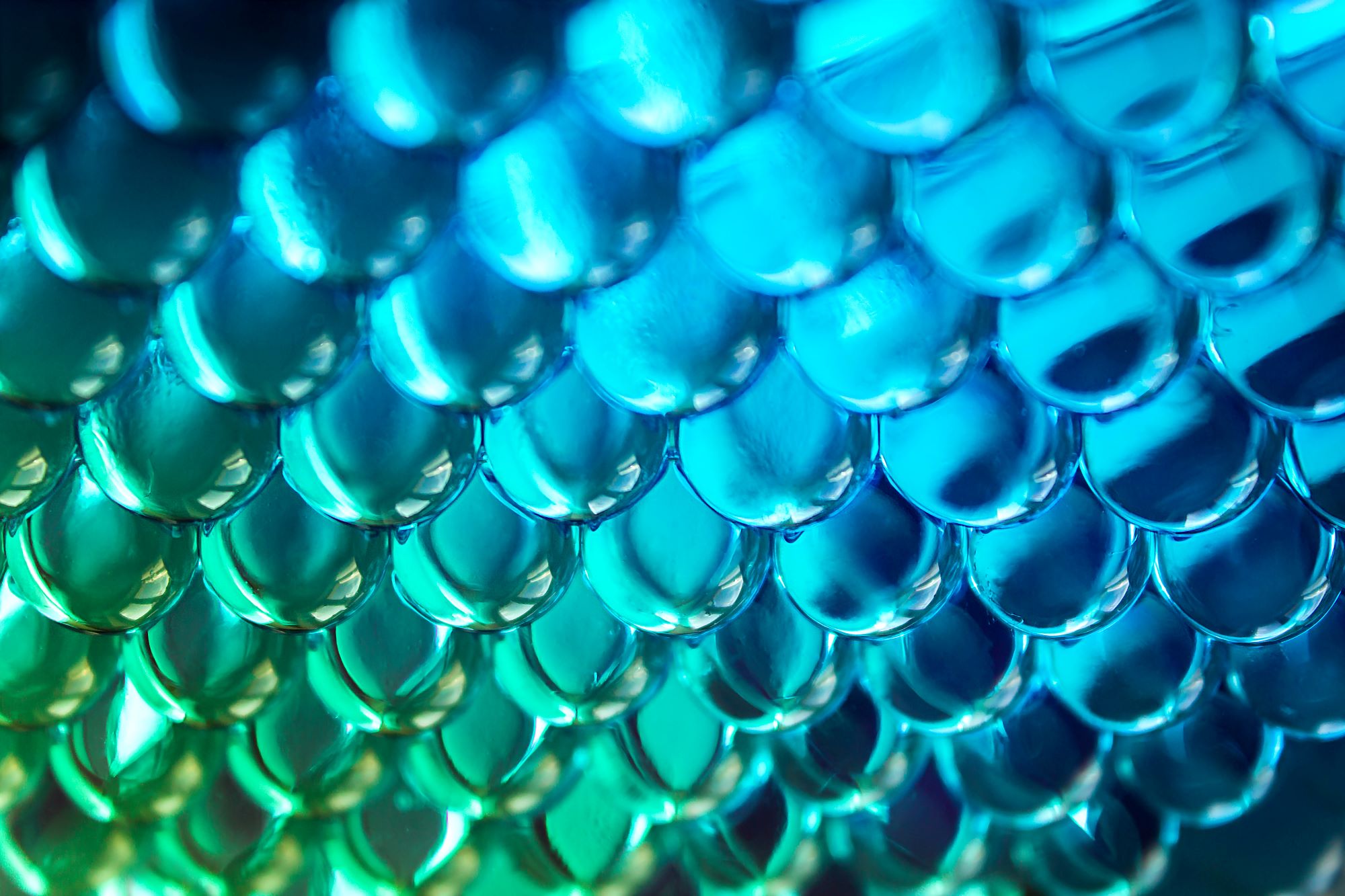This same hydrogel was shown to be safe in humans through an FDA-approved Phase 1 trial in people who suffered a heart attack, back in 2019. In this case, the hydrogel is intended for children born with the disorder hypoplastic left heart syndrome which leaves them with an underdeveloped and nonfunctional left ventricle. Patients with this disorder have a 35% survival rate, and this disorder comprises less than 4% of congenital heart defects, but it is responsible for 40% of deaths associated with heart defects in newborns.
To treat this disorder, pediatric patients must undergo a series of three open heart surgeries that reroute oxygenated blood supply to the right ventricle before their fifth year of life. Those who survive into childhood after these surgeries will receive medication, physical therapy, and a special diet, but this palliative surgery has a cost. In a healthy heart, the right ventricle pumps blood to the lungs, a job that entails dealing with blood at a lower pressure and volume. When it is forced to pump blood to the entire body it develops several maladaptive traits, eventually, it begins to fail and the patient will need a heart transplant.
“To the best of our knowledge, it’s the first time that an injectable biomaterial therapy has been evaluated to mitigate right ventricular heart failure,” said Jervaughn D. Hunter, the paper’s first author, who hails from Port Gibson, MS, and earned his Ph.D. in the Shu Chien-Gene Lay Department of Bioengineering at UC San Diego.
The hydrogel is made from cardiac extracellular matrix stripped of the cellular content through a cleansing process, dried, and milled into powder form which is then liquified into an injectable fluid. Once the fluid hits body temperature and pH it turns into a semi-solid porous gel that encourages the patient’s cells to repopulate areas of damaged cardiac tissue to improve heart function. Hydrol gel derived from left ventricle tissue was found to be more effective, also affecting gene expression pathways related to cardiac repair including the development of the circulatory system, muscle structure and vasculature, as well as regulation of immune responses and cellular response to oxygen-containing compounds.
In the animal study, injecting the hydrogel into the right ventricle improved function and allowed the heart to tolerate increased blood pressure and volume. Additionally, the treatment also slowed down the rate of tissue scarring and maladaptive muscle growth. Preclinical treatments saw positive effects two weeks after injections. The researchers believe that this treatment will increase the amount of time the pediatric patient’s heart functions and improve their quality of life, allowing for better cognitive function and growth.
“This isn’t a cure, but our goal is to prolong a patient’s life,” said Karen Christman, a bioengineering professor at UC San Diego and the paper’s corresponding author.
“They might be able to wait until they can get on an adult heart transplant list,” said Michael E. Davis, one of the paper’s senior authors and director of the Children’s Heart Research and Outcomes (HeRO) Center at Children’s Healthcare of Atlanta and Professor of Biomedical Engineering at the Georgia Institute of Technology and Emory University School of Medicine.
In the coming months Children’s Healthcare of Atlanta, the children’s hospital collaborating with Georgia Tech and Emory, will start recruiting pediatric patients for the FDA-approved clinical trial investigating the treatment’s efficacy in newborns with hypoplastic left heart syndrome.
As with anything you read on the internet, this article should not be construed as medical advice; please talk to your doctor or primary care provider before changing your wellness routine. This article is not intended to provide a medical diagnosis, recommendation, treatment, or endorsement. These statements have not been evaluated by the Food and Drug Administration.
Content may be edited for style and length.
References/Sources/Materials provided by:




